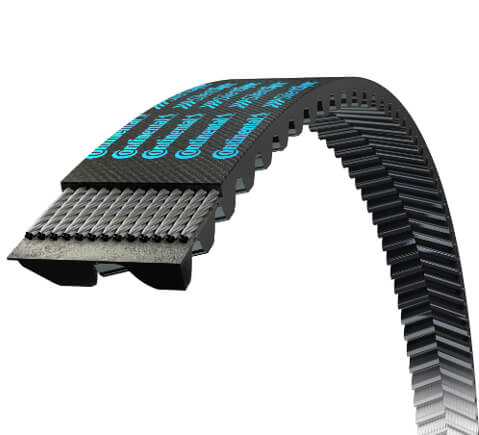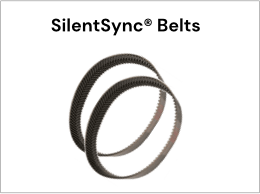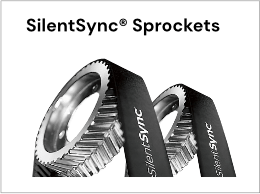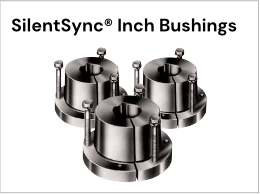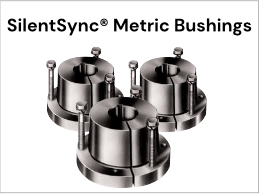The Importance of Timing Belts: Keeping Your Motor Running Smoothly
The inside combustion motor that powers your car is a complex web of interconnected components working in culmination agreement. One pivotal component inside this complicated framework is the timing belt, a straightforward band that plays an imperative part in the motor operation. Understanding the work, substitution interims, and signs of wear for timing belts is basic for any car proprietor who needs to guarantee their vehicle runs easily and safely.
The Ensemble of the Motor: Understanding Timing Belts Function
A timing belt, moreover some of the time alluded to as a cambelt, is a toothed belt that synchronizes the revolution of the crankshaft and the camshaft inside the motor. The crankshaft is associated with the cylinders, and its revolution makes the control that drives the car. The camshaft, on the other hand, controls the opening and closing of the motor valves, which direct the admissions of discuss and fuel and the depletion of combustion gasses. For ideal motor execution, the crankshaft and camshaft must pivot in exact coordination. This is where the timing belt comes in.
The timing belt interfaces the crankshaft pulley to the camshaft pulley, guaranteeing both components turn incorrect timing. This synchronized turn permits the valves to open and near at the adjusted minutes in the motorcycle, empowering a smooth stream of discussion, fuel, and debilitate. Without a legitimately working timing belt, the motor valves and cylinders seem to collide, leading to disastrous motor damage.
Ensuring Ideal Execution: Timing Belts Substitution Intervals
Timing belts are not outlined to finalise the lifetime of a vehicle. Over time, they can end up worn, split, or delicate due to presentation to warm, motor vibrations, and consistent utilisation. A worn or harmed timing belt can slip or break, disturbing the basic timing between the crankshaft and camshaft. This can lead to an assortment of issues, including:
+ Motor Slowing Down: A slipping or broken timing belt can prevent the motor from accepting the appropriate air-fuel blend, causing the motor to slow down or waver amid acceleration.
+ Decreased Motor Control: Dishonorable valve timing due to a flawed timing belt can essentially decrease motor control output.
+ Reverse discharges: A confused motor can cause unburned fuel to light in the depleted framework, driving to reverse discharges and possibly harming the depleted components.
+ Disastrous Motor Harm: In the worst-case situation, a broken timing belt can cause the valves to collide with the cylinders, resulting in extreme motor harm that can be exceptionally costly to repair.
To dodge these potential issues, it's vital to supplant your timing belt agreeing to the manufacturer's prescribed benefit interims. These interims can shift depending on the make, demonstration, and year of your car, but they ordinarily drop within the extent of 60,000 to 100,000 miles. Counselling your car's owner's manual is the best way to decide the particular timing belt substitution interim for your vehicle.
Keeping an Attentive Eye: Signs of Timing Belt Wear
While following the suggested substitution plan is vital, there are moreover signs that may show your timing belt needs consideration sooner. Here are a few key markers to observe out for:
+ Motor Ticking Commotion: A ticking sound coming from the motor compartment can be a sign of a worn timing belt that's starting to rub against inner components.
+ Harsh Lingering: If your motor sits unpleasant or vibrates too much, it might be due to a failing timing belt causing inappropriate valve timing.
+ Unmistakable Breaks or Wear: If you can outwardly assess your timing belt and take note of breaks, fraying, or intemperate wear, it's time for a substitution. Imperative security note: Never endeavour to review your timing belt yourself unless you are a qualified technician. Timing belts are found inside the motor compartment and can be beneath critical pressure. Inappropriate taking care of can lead to genuine injuries.
Maintaining Motor: The Significance of Convenient Timing Belt Replacement
The timing belt is a basic component that plays a crucial part in motor execution and life span. By supplanting your timing belt concurring with the manufacturer's suggestions and being mindful of the signs of wear, you can offer assistance to anticipate exorbitant motor repairs and guarantee your car runs easily and securely for miles to come.
